Navigating New EPA ELG Standards for the Meat and Poultry Products Industry
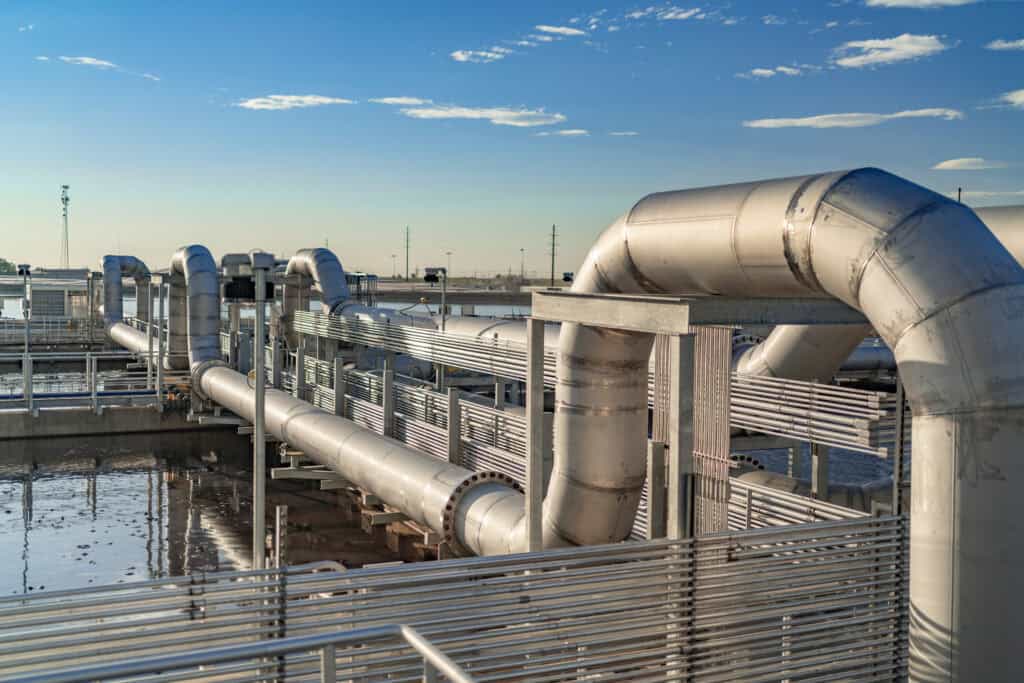
The Environmental Protection Agency’s (EPA) recently proposed revisions to the effluent limitations guidelines (ELGs) for the Meat and Poultry Products (MPP) industry have set the stage for substantial changes to wastewater management practices nationwide. At HR Green, our environmental and engineering professionals are actively helping clients understand and prepare for these potential changes in MPP […]
Meet the Women Leading the Way in Engineering at HR Green
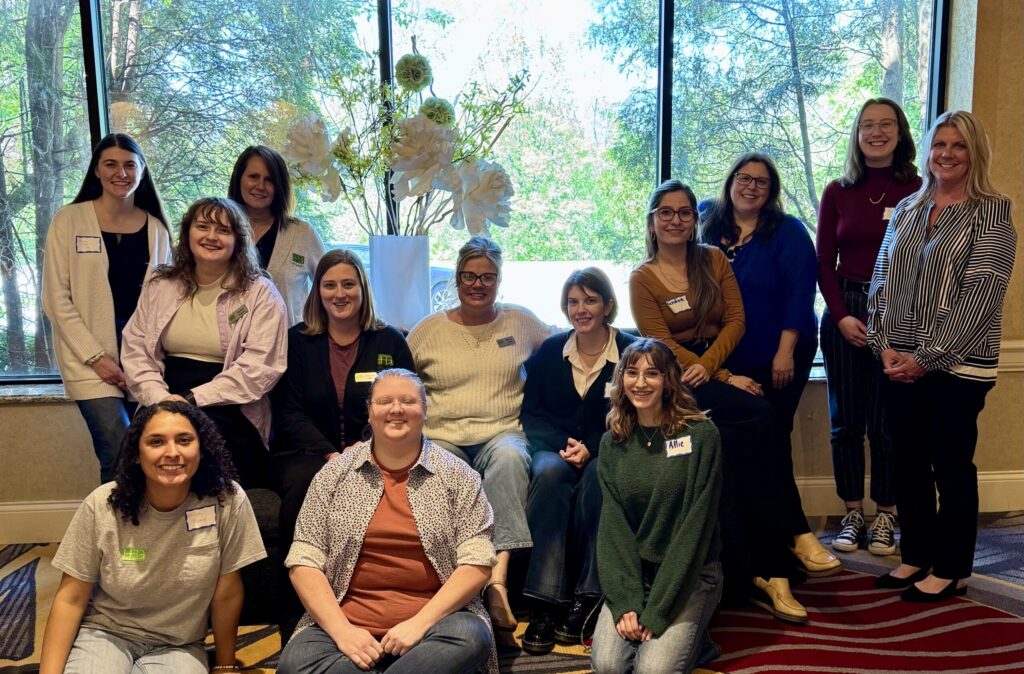
At HR Green, we believe engineering is more than a career—it’s a chance to shape communities, solve complex problems, and make a lasting impact. On International Women in Engineering Day, we’re proud to recognize the women engineers across our organization who bring their experience, innovation, and leadership to every project, every day. We asked several […]
Conquer Potholes with Pavement Management

Every community has different needs, funding situations, political structures, and approaches to handling roadway maintenance. That is why HR Green specifically tailors each Pavement Management Plan to our client’s individual needs and situations. Apply the right treatment, to the right pavement, at the right time.
Community Development for Municipalities: Key Strategies for Resilient Growth

A resilient community is one that can weather the economic trade winds. Leaders build a resilient community by having the ability to anticipate risk, and bounce back rapidly from setbacks through adaptability, evolution, and growth in the face of turbulent change.
HR Green Foundations Workshop: A Workshop That Builds More Than Careers
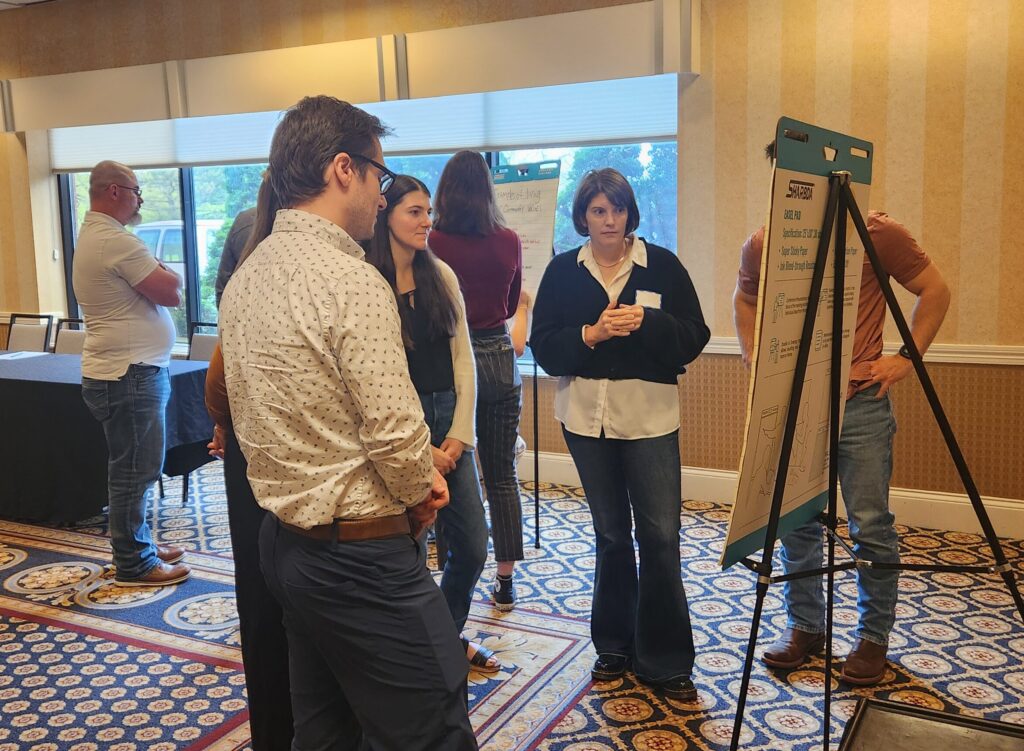
HR Green’s Foundations Workshop is a two-day, in-person onboarding experience designed to introduce new employees to the company’s culture, services, and core values. It provides an opportunity for participants to connect, learn, and reflect on how each person fits into HR Green’s larger mission: Building Communities. Improving Lives. Launched in 2017 with a meaningful purpose—“Preparing for […]
Making the Most of Wastewater Infrastructure: An Introduction to Process Intensification
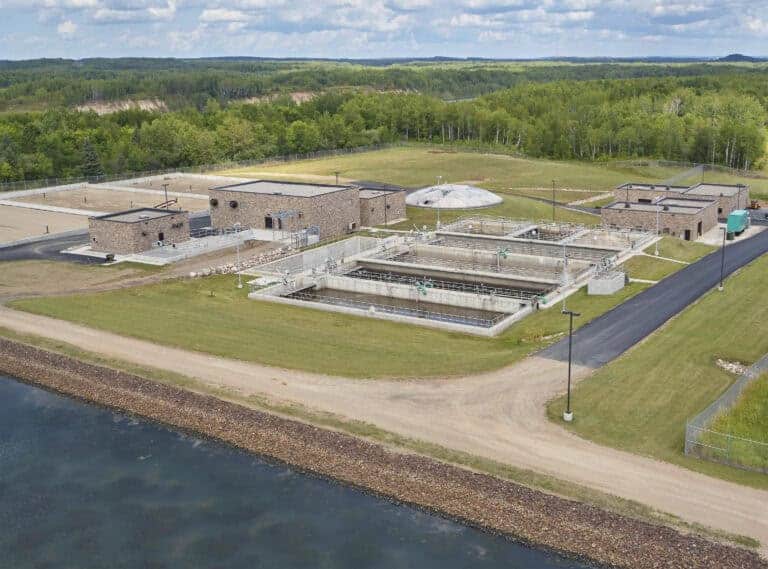
Process Intensification (PI) is an emerging technology in wastewater treatment that can improve the performance of existing infrastructure or reduce the capital costs of expansions with less infrastructure requirements. Process Intensification involves techniques that can enhance existing process capabilities, such as simultaneous nitrification-denitrification, biological phosphorus removal, facilitate increased capacity within the same footprint, and improve […]
Project Manager Academy Supports Civil Engineering Career Growth
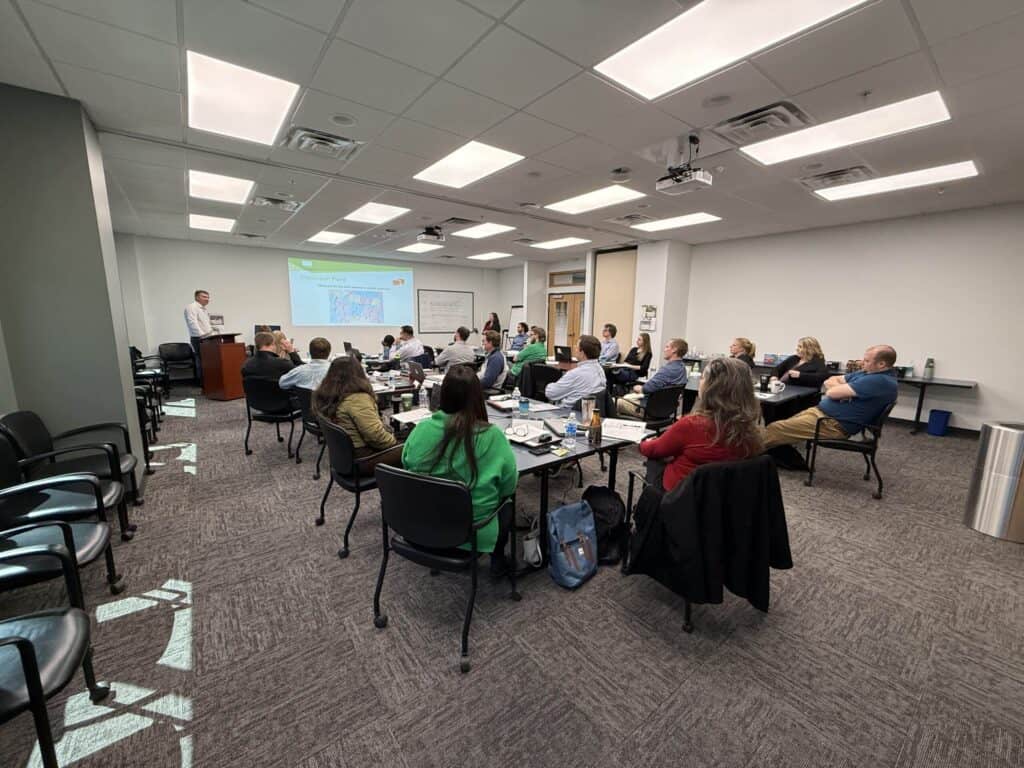
At HR Green, we believe that the path to becoming a successful civil engineering project manager isn’t built overnight—it’s shaped through mentorship, training, and steady career development. That’s why we created the Project Manager Academy, a professional development program designed to prepare emerging leaders with the tools they need to manage projects effectively and confidently. […]
Planning for Success: Key Site Considerations for Industrial Land Development
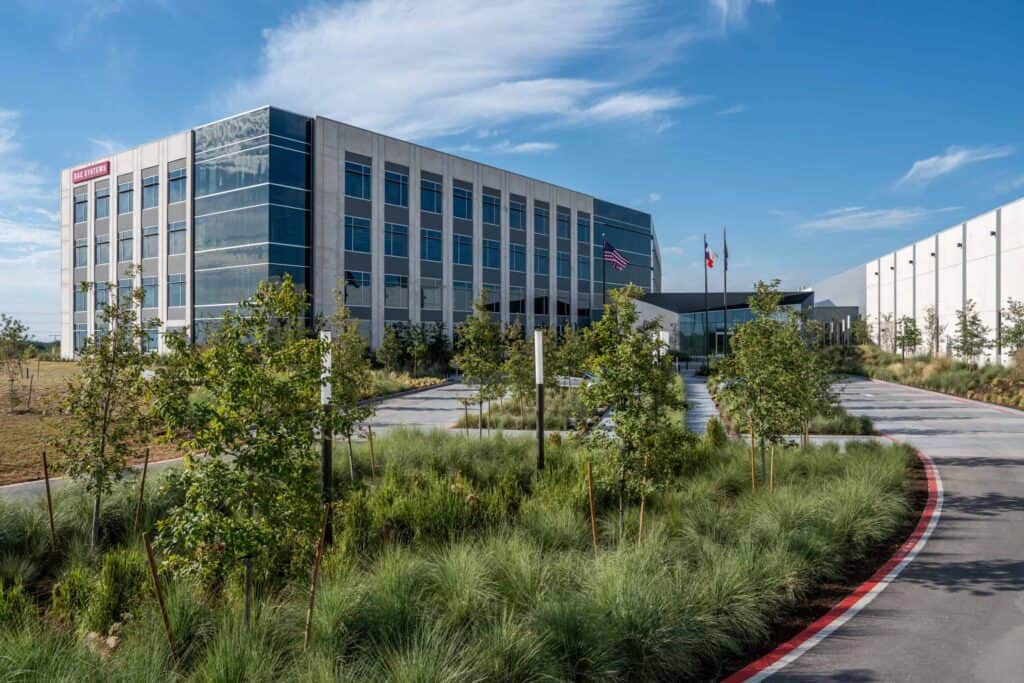
Industrial land development plays a vital role in economic growth, job creation, and the expansion of regional infrastructure. However, selecting and preparing the right site is far from a straightforward process. Before a shovel ever hits the ground, developers must navigate a complex web of considerations—from zoning and permitting to utility availability and long-term operational […]
Giving Back: HR Green’s Employee Volunteer Program

At HR Green, we understand that giving back is more than community service—it’s a powerful way to grow both personally and professionally. Volunteering allows our employees to connect with others, develop new skills, and contribute to causes that truly matter. Whether through environmental initiatives, local charities, or industry outreach, our team’s commitment to volunteering reflects […]
New Illinois State Building Code Takes Effect – Are You Ready?

Until this year, Illinois lacked a unified building code at the state level—though it did have several individual codes in place. However, there was no overarching standard for general building practices. Instead, building codes were adopted at the local level, leading to a patchwork system where some jurisdictions enforced their own codes while others had […]